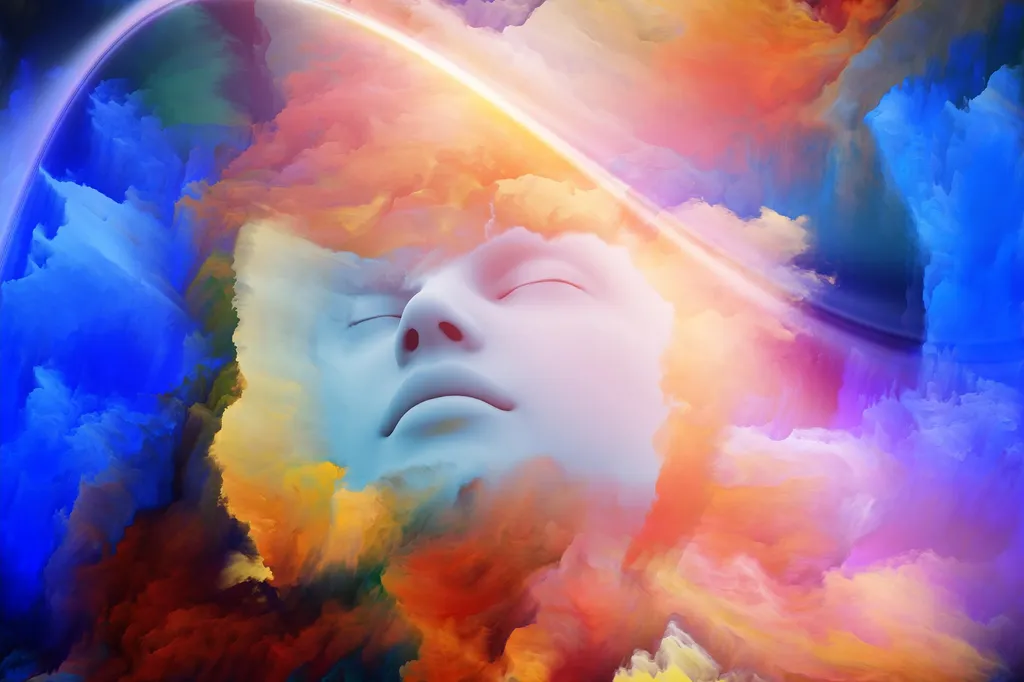
When we sleep, our eyes move according to what we see in a dream
(ORDO NEWS) — Several areas of the brain coordinate to create completely imaginary worlds, scientists have found.
When our eyes move during REM sleep, we are looking at things in the dream world that our brain has created, according to a new study from scientists at the University of California, San Francisco (UCSF).
The results of the study shed light not only on how we dream, but also on how our imagination works.
REM sleep, so named because of the rapid eye movements associated with it, has been known since the 1950s as the dreaming phase of sleep. However, the purpose of these eye movements is still the subject of much mystery and controversy.
“We found that these eye movements are not random. They are consistent with what happens in the virtual world of dreams,” said Massimo Scanziani, Ph.D., senior author of the study, which was published in an issue of the journal Science.
“This work gives us a glimpse into ongoing cognitive processes in the sleeping brain and at the same time solves a mystery that has piqued the curiosity of scientists for decades,” he said.
Relationship between eye movement and dreams
In the second half of the 20th century, some experts hypothesized that these REM movements might follow scenes in the dream world.
However, there were few ways to test this theory, and experiments that could be done (noting the direction of the dreamer’s gaze and then waking him up to ask where he was looking in a dream) gave conflicting results.
Many scientists have written off REM movements as random actions, perhaps to keep the eyelids lubricated.
Using much more advanced technology, Scanziani, along with postdoctoral researcher Yuta Senzai, Ph.D. at UCSF, were able to study “head direction” cells in the brains of mice that also experience REM sleep.
These cells act like a compass, and their activity tells scientists which direction the mouse is moving.
By observing the movements of the mouse’s eyes, the team simultaneously recorded data from these cells about the direction of its movement.
Comparing the two, they found that the direction of eye movement and the mouse’s internal compass matched exactly during REM sleep, as well as when they were awake and active.
Perfectly harmonious fake world
Scanziani is interested in the “generative brain”, that is, the ability to invent objects and scenarios.
“One of our strengths as people is the ability to combine our real experience with other things that don’t currently exist and may never exist,” he said. “This generative ability of our brain is the basis of our creativity.”
However, studying this type of brain function is difficult because it requires looking into the brain as it generates new experiences and ideas in the absence of sensory input. Dreams provide just such an opportunity.
Scanziani noted that in a dream one can combine familiar things with impossible ones. He told of a recurring dream he had when he was a young diver in which he could breathe underwater.
When he woke up, he invariably discovered that this was not true. “But in a dream, you believe it’s real because there are no sensory cues to bring you back to reality,” Scanziani said. “It’s a perfectly harmonious fake world.”
Scanziani’s research team found that the same areas of the brain - and there are a lot of them - coordinate their work both during sleep and during wakefulness, which supports the idea that dreams are a way of integrating information collected during the day. .
How these areas of the brain work together to create this generative ability is a mystery that Scanziani plans to keep trying to solve.
“It’s important to understand how the brain renews itself based on experience,” he said. “Understanding the mechanisms that allow us to coordinate the work of such different parts of the brain during sleep will give us an understanding of how these experiences become part of our individual models of what the world is and how it works.”
—
Online:
Contact us: [email protected]com
Our Standards, Terms of Use: Standard Terms And Conditions.









